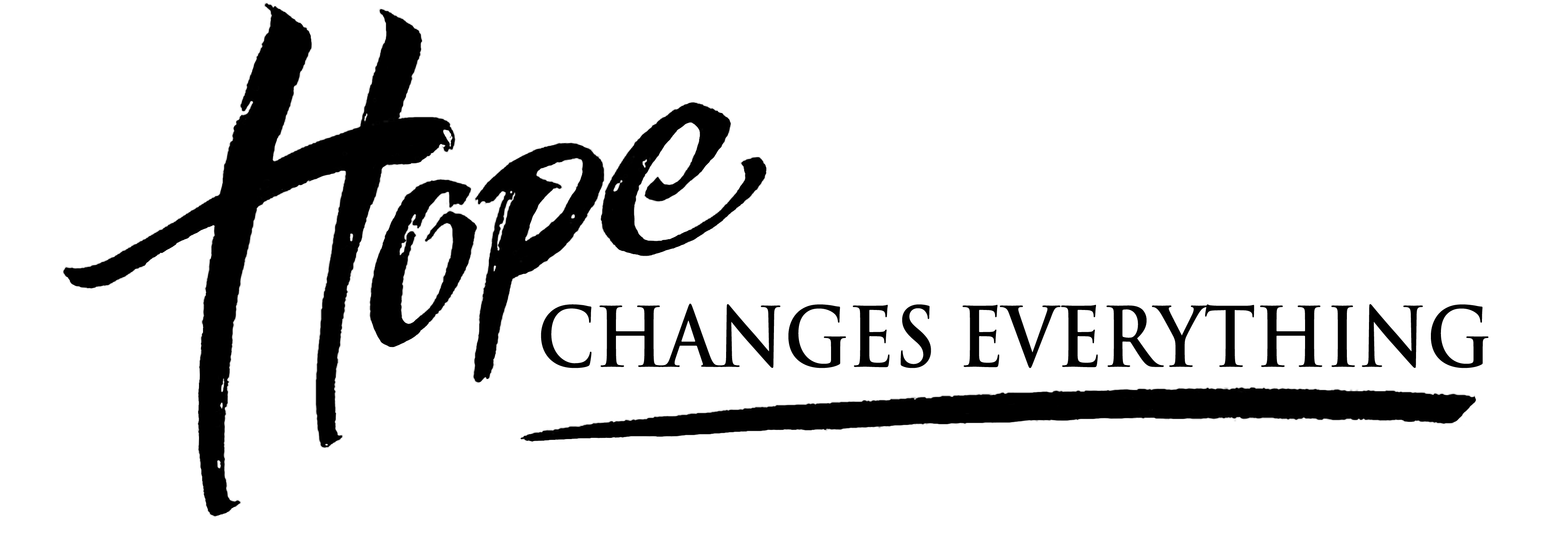The challenges of recovery from addiction are many, yet people do it every day.
When you’re finished changing, you’re finished. – Benjamin Franklin
September is National Recovery Month. While the term “recovery” can be applied to getting better or improving with regard to a wide range of conditions, it is most commonly associated with overcoming addiction to alcohol and other drugs. In this context, recovery is generally thought of as becoming abstinent from these substances. However, the process of recovery goes far beyond abstinence.
The US Substance Abuse and Mental Health Services Administration (SAMHSA), has defined recovery from both substance use disorders and mental disorders as: “A process of change through which individuals improve their health and wellness, live a self-directed life, and strive to reach their full potential.”
- Participating in life activities that are healthy and meaningful, based on your needs, interests, and values;
- Making changes in how you relate to your thoughts and emotions—especially those that are uncomfortable and painful;
- Discovering and developing parts of yourself of which you had been unaware, and rediscovering those parts of yourself that were buried beneath the rubble of active addiction;
- Developing new patterns of living with conscious awareness, and moving toward mental, emotional, physical, and spiritual balance.
To complement the above definition, SAMHSA published 10 Guiding Principles of Recovery, two of which I’ll highlight here. Recovery occurs via many pathways. It is not a one size fits all process—far from it, in fact. While people seeking recovery tend to share certain common experiences and needs, every individual has particular capacities, coping abilities, resources, strengths, interests, goals, culture, and background. These influence and help to determine the most effective pathway(s) of recovery for each person. Recovery pathways can include mutual-aid groups; professional clinical treatment; strategic use of medications; support from families and friends, and faith-based resources, among other approaches.
Addiction is a chronic, progressive, and potentially fatal disorder, similar to other chronic life-threatening conditions such as diabetes, asthma, and heart disease. Like these other illnesses, there is no cure for addiction. However, it can be treated and managed successfully through the process of recovery, allowing those with it to live long, full, and healthy lives.
Life takes its toll on all of us, and everyone, whether or not they struggle with addiction, chronic pain, or any other serious condition, sustains a certain degree of damage along the way. Recovery provides a pathway to heal from that damage and become stronger, just as broken bones can become stronger after they heal than they were before.
Success is no accident. Although, obviously there are exceptions, people do not generally experience serious problems in living by accident or coincidence. Our choices and actions—both conscious and unconscious—contribute to the vast majority of the problems we experience, including those related to active addiction. In the same way, success is usually a result of the choices we make and the actions we take.
In Verse 63, Tao Te Ching states, “accomplish the great task by a series of small acts.” Big successes rarely occur all at once. They are almost always built on a foundation of small successes. There are plenty of stories of bands who play together for a decade, develop their style and work their asses off, drive their own beat-up vehicles from one small, lousy-paying gig to another to play in front of audiences that begin as tiny but grow over time, who seem to suddenly achieve great success. Successful recovery is built similarly—by staying clean one day at a time, many people are able to accumulate many years in recovery. Tragically, in the media and mainstream society we hear much more about the dramatic and fiery wreckage of active addiction and relapse than we do about quiet, inspired, and inspiring stories of long-term recovery.
Early in my clinical training, I was surprised to hear even extremely experienced and skilled therapists say straightforwardly that there were times when they had no clear idea “what was happening in the room.” In other words, in those moments they were confused and unsure about what was going on in their therapy with a given client. However, if they hung in there, exercising patience while continuing to be present-centered and emotionally available, the issues would clarify and they would find their way back to being in sync with the therapeutic process.



